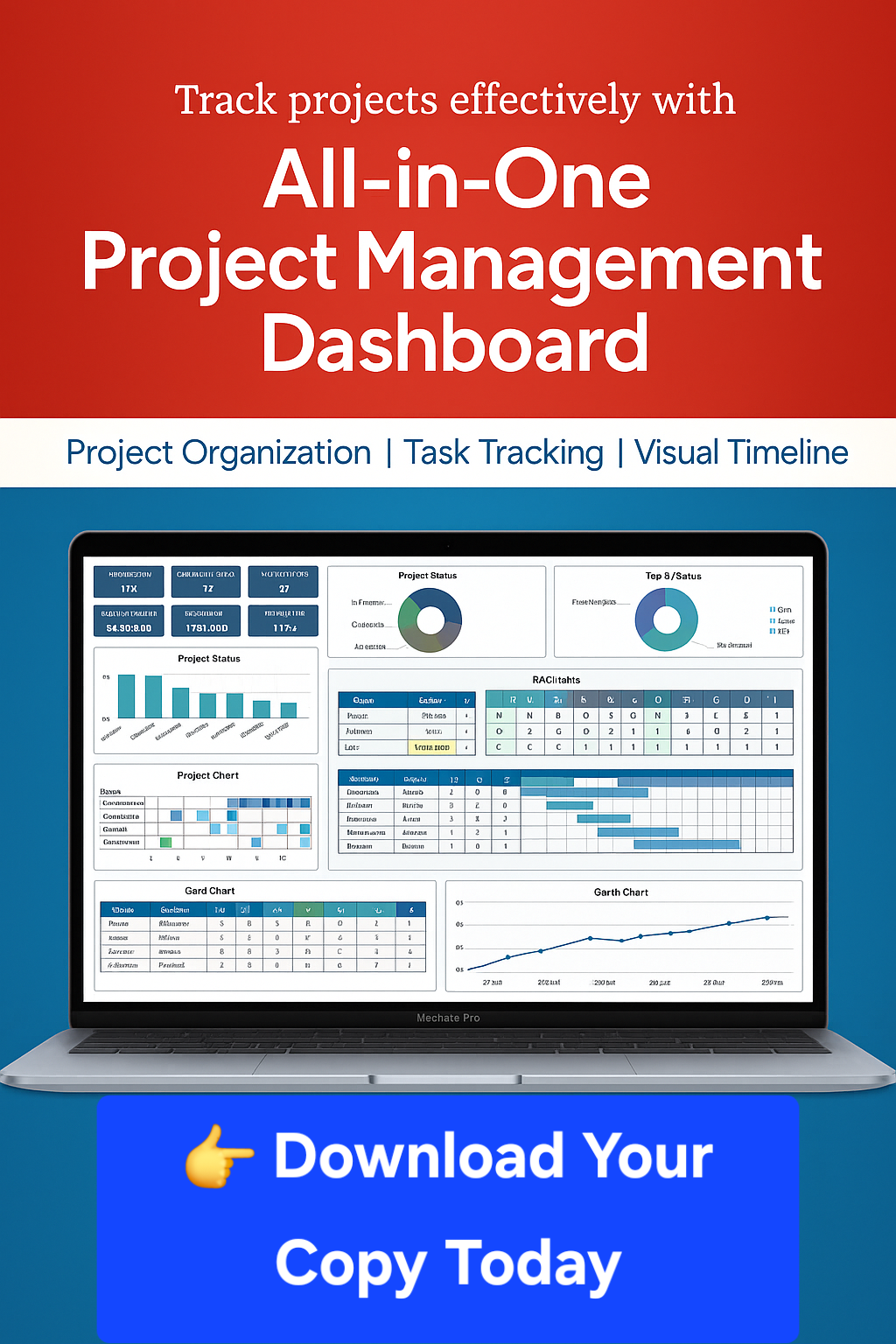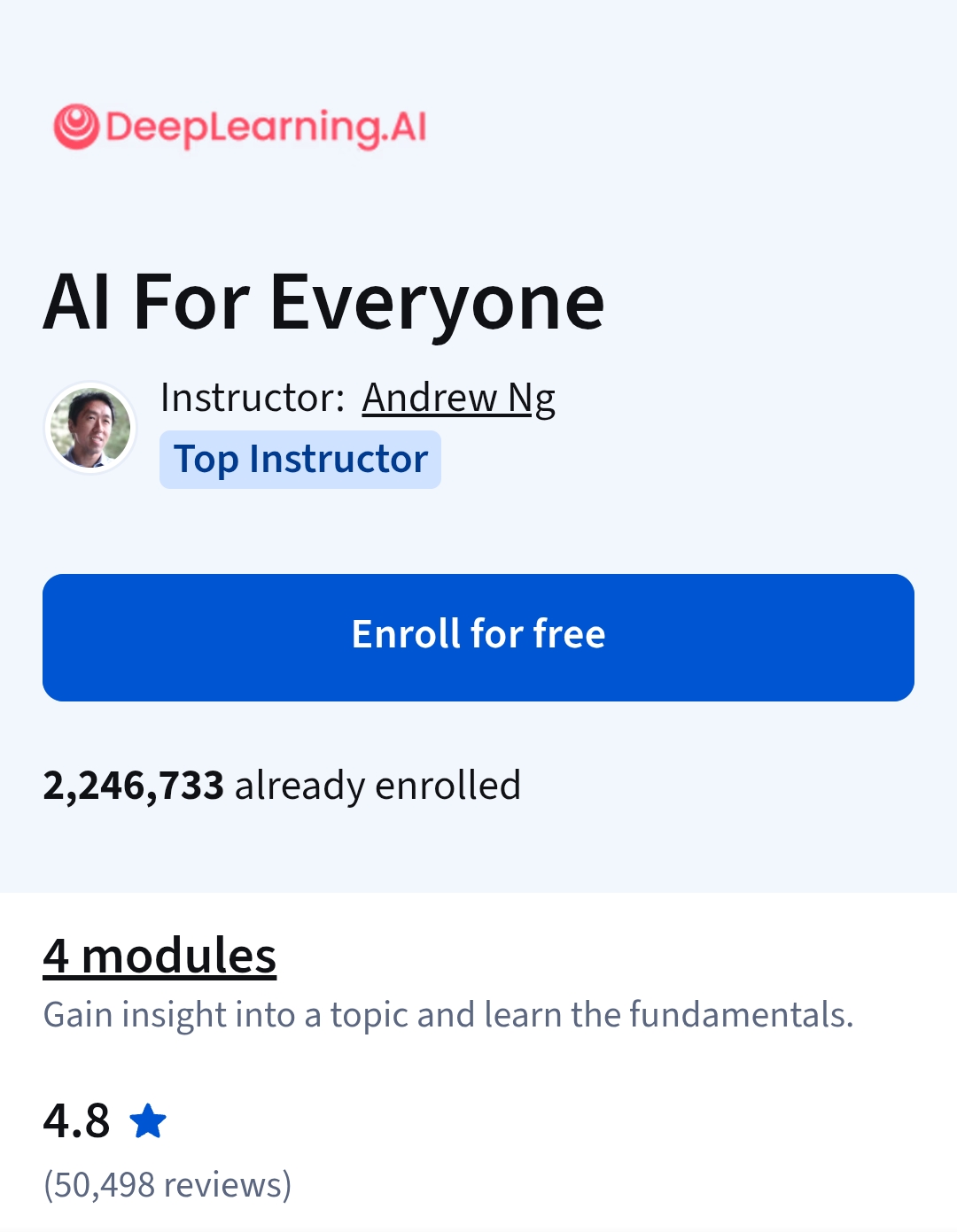Description
This course is designed to start you on a path toward future studies in web development and design, no matter how little experience or technical knowledge you currently have. The web is a very big place, and if you are the typical internet user, you probably visit several websites every day, whether for business, entertainment or education. But have you ever wondered how these websites actually work? How are they built? How do browsers, computers, and mobile devices interact with the web? What skills are necessary to build a website? With almost 1 billion websites now on the internet, the answers to these questions could be your first step toward a better understanding of the internet and developing a new set of internet skills.
By the end of this course you’ll be able to describe the structure and functionality of the world wide web, create dynamic web pages using a combination of HTML, CSS, and JavaScript, apply essential programming language concepts when creating HTML forms, select an appropriate web hosting service, and publish your webpages for the world to see. Finally, you’ll be able to develop a working model for creating your own personal or business websites in the future and be fully prepared to take the next step in a more advanced web development or design course or specialization.
What you will learn
Course Overview and Website Structure and Hosting
This first module provides an overview of how websites function, their structure, and the ins and outs of choosing a website name and selecting an online host to house your website. By the end of this module, you’ll be able to: find and select a web hosting company; choose an effective domain name; use the host to manage your websites; and discuss how networks and the internet function at a high level.
Designing Your Own Website: HTML Basics
In this module, we’ll begin to explore how to design and create websites by exploring the base language used to power all websites: HTML. By the end of this lesson, you’ll be able to: identify and use common HTML tags; add an image to a webpage; create HTML-formatted tables; use hyperlinks to connect a series of webpages; upload your finished HTML pages to a web host; and, learn some tips and tricks for styling pages and practicing your coding.
Introduction to Programming Using JavaScript
Now that you know some basic HTML, it’s time to turn our attention to another common scripting language used to make websites dynamic – that is allowing users to interact with your webpages – JavaScript. While learning about JavaScript, you’ll also gain some foundational knowledge common to all programming languages. By the end of this module, you’ll be able to: discuss what is meant by dynamic content; perform essential programming language tasks; create simple JavaScript programs; use JavaScript to set up alerts and respond to events, to read input, and to change HTML; and conduct basic JavaScript testing.
Websites with Style: CSS Properties, Colors and Fonts
While HTML and JavaScript are very useful for web development, they don’t exactly make websites look attractive – that’s where cascading style sheets, or CSS, comes into play. While HTML is used to build the structure of our pages and JavaScript is used to provide interactive functionality, CSS is used to graphically design and layout webpages. By the end of this module, you’ll be able to: discuss common mistakes in designing a website; identify and apply CSS basics like purpose and syntax; use CSS properties to control fonts, colors, layouts, and other common properties; differentiate between in-line, internal, and external CSS; and practice and test your cascading style sheets.






